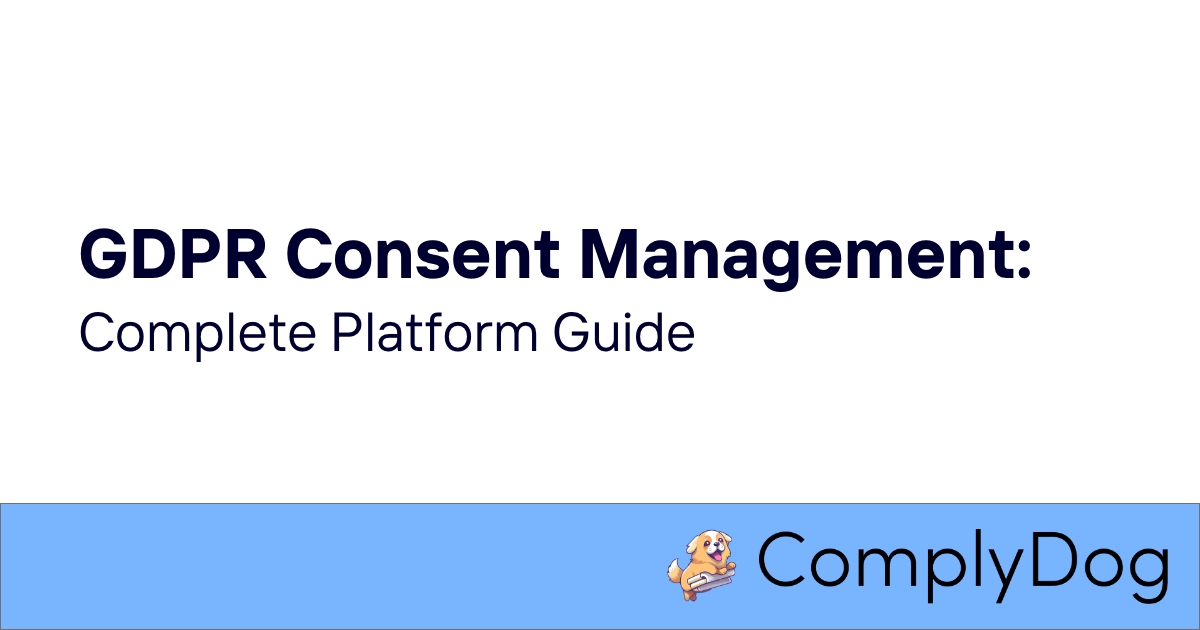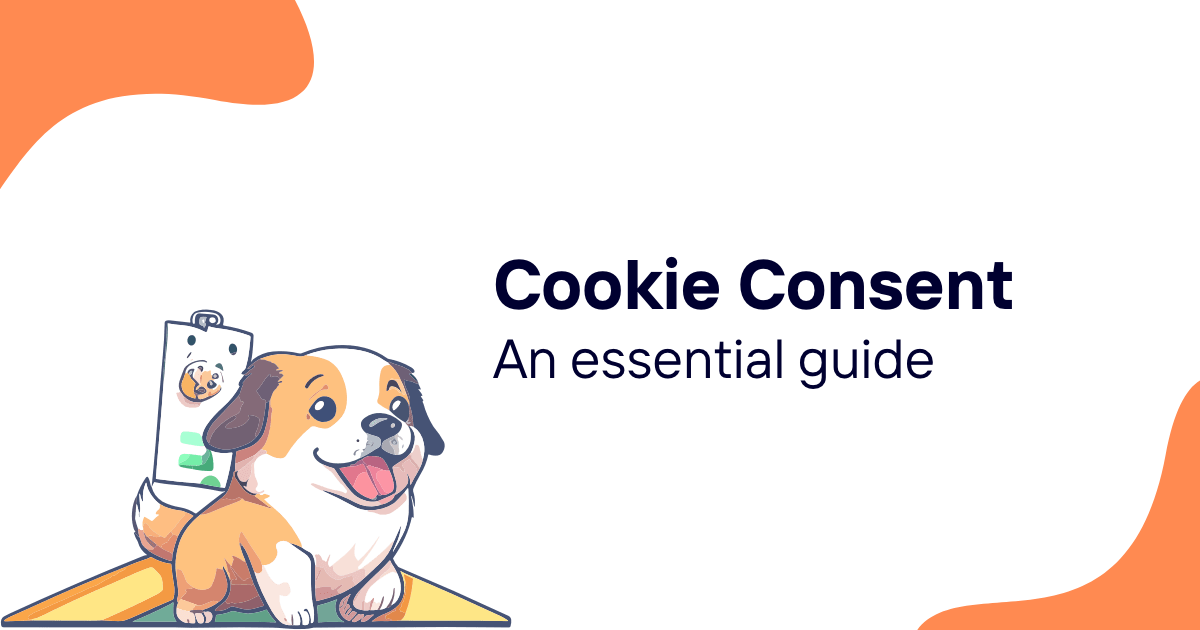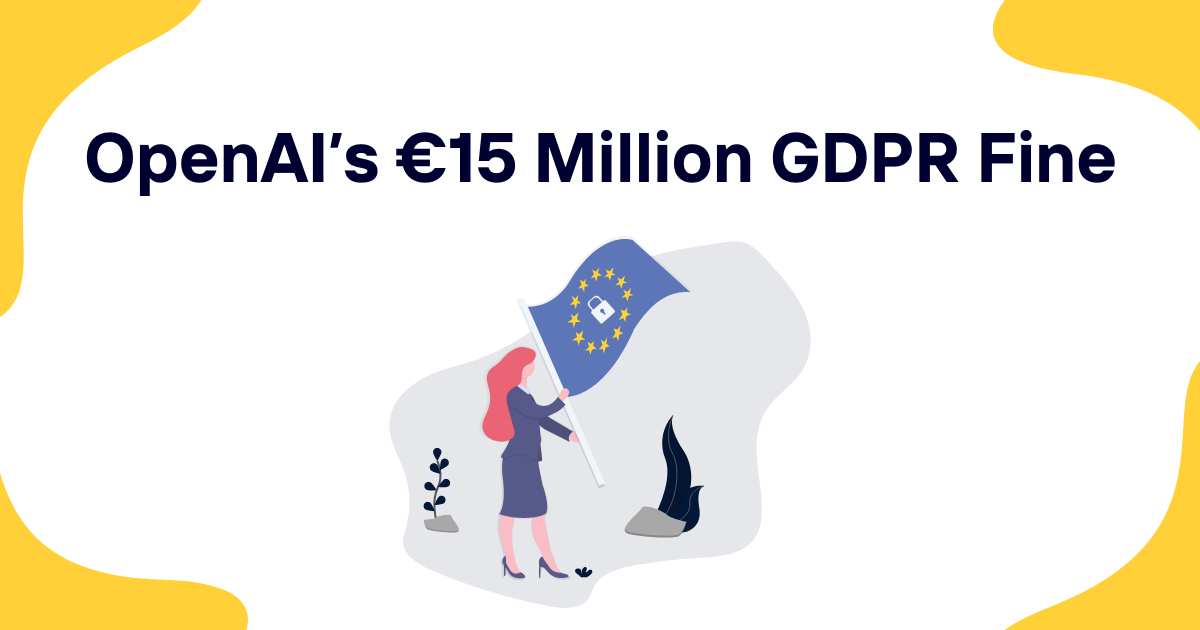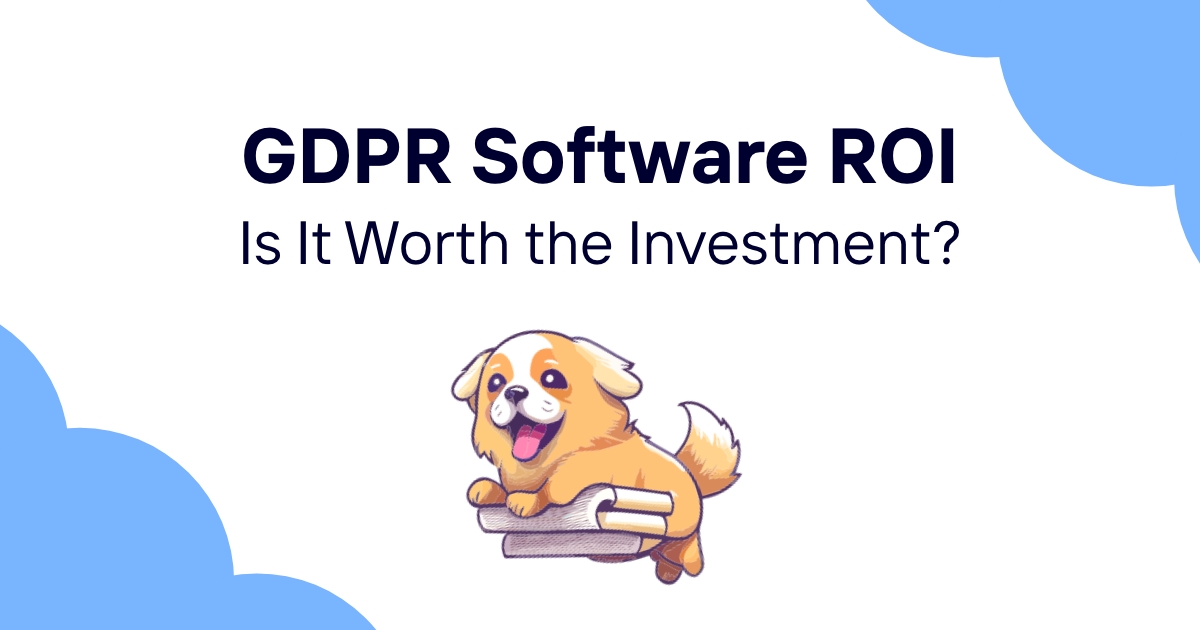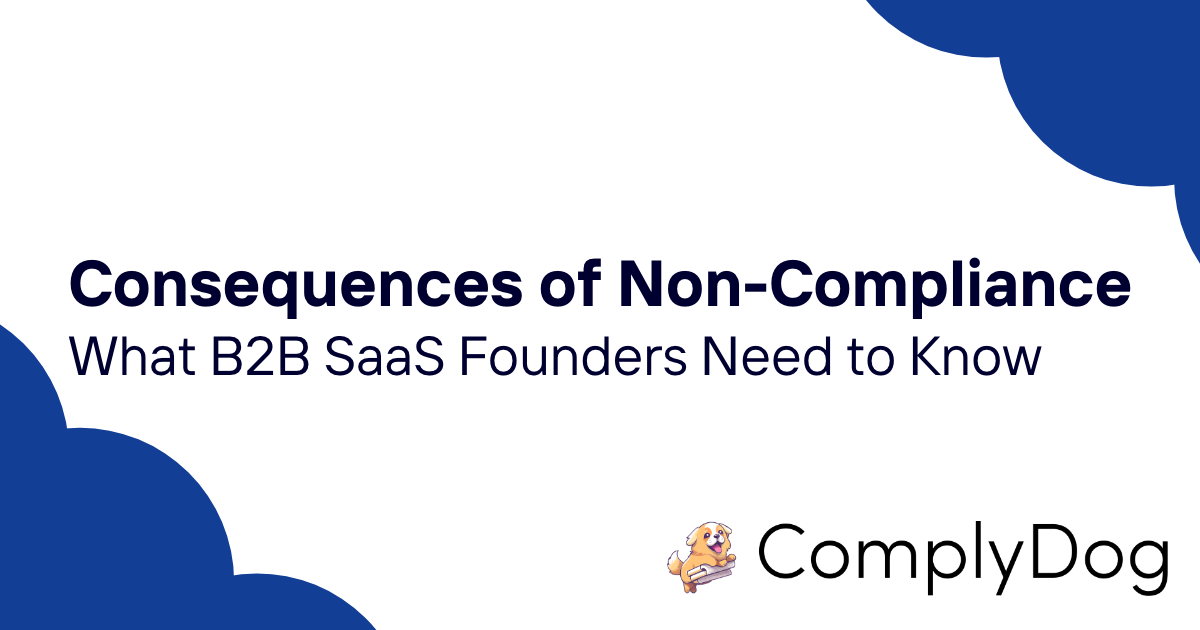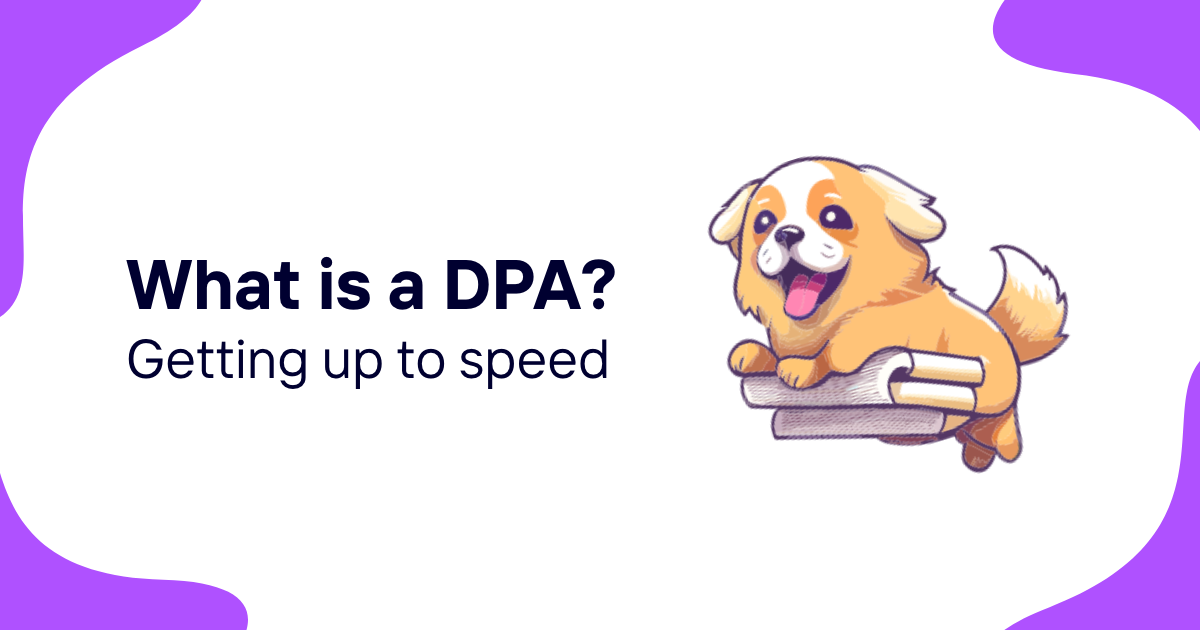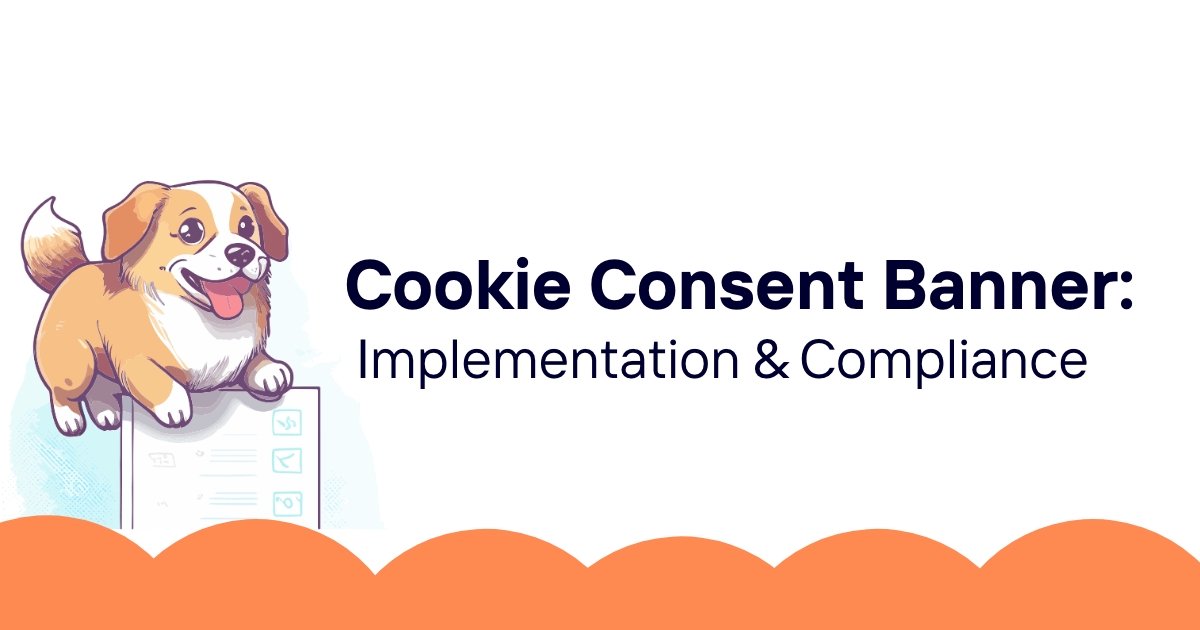GDPR consent management seems straightforward until you need to track preferences across multiple touchpoints, handle withdrawals in real-time, and prove valid consent during regulatory audits. Most organizations underestimate the complexity of compliant consent systems.
Basic consent banners only address website cookies, missing email marketing, mobile apps, and third-party integrations that each require separate consent management. Fragmented approaches create compliance gaps and poor user experiences.
This guide provides comprehensive strategies for implementing consent management platforms that handle all GDPR requirements while supporting business operations and maintaining positive customer relationships.
GDPR Consent Requirements Overview
Legal Definition and Standards
GDPR defines valid consent as freely given, specific, informed, and unambiguous indication of agreement to personal data processing through clear affirmative action.
Consent must be granular enough to allow individuals to choose specific processing activities rather than providing blanket permission for undefined data uses.
Pre-checked boxes, implied consent, and inactivity no longer satisfy GDPR requirements. Valid consent requires deliberate positive action from data subjects.
Consent Validity Criteria
Freely given consent means individuals have genuine choice without coercion, deception, or significant imbalance between controller and data subject.
Specific consent requires separate agreement for different processing purposes rather than bundled permissions that don't allow selective approval.
Informed consent demands clear information about data controller identity, processing purposes, data types, and individual rights before consent decisions.
Unambiguous consent eliminates doubt about data subject intentions through explicit statements or clear affirmative actions that demonstrate agreement.
Consent vs Other Legal Bases
Consent works best when individuals have real choice about whether processing occurs and when you can easily manage ongoing consent preferences.
Consider legitimate interest or other legal bases when consent would be inappropriate, such as fraud prevention, security monitoring, or contractual obligations.
Avoid forced consent scenarios where service access depends on unnecessary data processing that could use alternative legal bases.
Regulatory Enforcement Trends
Supervisory authorities increasingly scrutinize consent management practices during investigations, focusing on technical implementation rather than just policy statements.
Recent enforcement actions target consent dark patterns, inadequate granularity, and failure to honor withdrawal requests promptly and completely.
Regulatory expectations continue evolving toward stronger consent protection including clearer interfaces and better user control mechanisms.
Consent Management Platform Features
Core Functionality Requirements
Comprehensive consent platforms must handle consent collection, storage, preference management, and compliance documentation across all organizational touchpoints.
Real-time consent enforcement prevents unauthorized processing immediately when individuals withdraw consent rather than waiting for batch updates.
Audit trail capabilities maintain detailed records of consent collection, changes, and withdrawals to support regulatory compliance and dispute resolution.
Multi-Channel Integration
Effective platforms integrate with websites, mobile apps, email systems, and other customer touchpoints to provide consistent consent experiences.
API capabilities enable consent synchronization across different systems and third-party services that process personal data on your behalf.
Cross-platform identity matching ensures consent preferences follow individuals across different channels and devices they use to interact with your organization.
Consent Granularity Management
Platforms should support purpose-specific consent that allows individuals to approve marketing while rejecting analytics or vice versa based on their preferences.
Channel-specific controls let users consent to email marketing while opting out of SMS campaigns or social media advertising.
Data type granularity enables separate consent for different information categories such as contact details, behavioral data, or preference information.
Compliance Documentation
Automated record-keeping captures consent timestamps, methods, and content to demonstrate valid consent during regulatory reviews or individual disputes.
Evidence preservation maintains consent records for required retention periods while enabling secure deletion when data subjects exercise erasure rights.
Compliance reporting generates summaries and detailed reports that support GDPR documentation requirements and regulatory interactions.
Consent Collection Methods and UX
User Interface Design Principles
Clear, prominent consent requests use plain language that typical users understand without legal or technical expertise.
Equal treatment for accept and reject options avoids dark patterns that manipulate users toward specific choices through interface design.
Progressive disclosure provides essential information upfront with links to detailed privacy policies for users who want comprehensive details.
Consent Banner Optimization
Cookie consent banners should block non-essential cookies until consent is obtained rather than just displaying notices without enforcement.
Granular cookie categories allow users to accept necessary cookies while rejecting marketing or analytics cookies based on personal preferences.
Mobile-responsive design ensures consent interfaces work correctly across different devices and screen sizes without compromising functionality.
Just-in-Time Consent
Context-specific consent requests explain why additional data is needed at the moment it becomes relevant rather than requesting broad upfront permissions.
Feature-specific consent allows users to enable newsletter subscriptions, personalization, or analytics when they choose to use those particular services.
Value proposition explanations help users understand benefits they receive in exchange for consent rather than just listing data protection obligations.
Multi-Language Support
Localized consent interfaces provide clear information in languages your users understand rather than relying on machine translations that miss nuances.
Cultural adaptation considers different privacy expectations and communication styles across geographic regions where you operate.
Legal compliance variations account for different consent requirements in various jurisdictions while maintaining user experience consistency.
Consent Storage and Documentation
Data Structure Requirements
Consent records must include data subject identity, processing purposes, consent method, timestamp, and evidence of valid consent collection.
Version control tracks consent changes over time including original agreements, modifications, and withdrawal activities with complete audit trails.
Relationship mapping connects consent records to specific processing activities and third-party data sharing that depends on individual permissions.
Security and Access Controls
Consent databases require strong security protection since they contain detailed information about individual privacy preferences and processing activities.
Access controls limit consent record access to authorized personnel who need specific information to perform their job functions.
Encryption protects consent data both in transit and at rest to prevent unauthorized access during transmission and storage activities.
Retention and Deletion
Consent records must be retained long enough to demonstrate compliance during potential regulatory investigations while respecting individual privacy rights.
Automated deletion removes consent records when underlying processing ends and retention periods expire to prevent indefinite data accumulation.
Right to erasure implementation requires careful consideration of when consent records can be deleted without compromising compliance evidence.
Integration with Processing Systems
Real-time consent enforcement ensures processing systems respect current consent status rather than relying on outdated permission snapshots.
API connections enable consent platforms to control processing activities across different systems and third-party services automatically.
Fallback procedures handle consent system outages or technical failures that could disrupt business operations while maintaining privacy protection.
Withdrawal and Update Mechanisms
Withdrawal Interface Design
Consent withdrawal should be as easy as providing consent originally, without requiring complex procedures that discourage privacy rights exercise.
Self-service withdrawal interfaces allow individuals to change preferences immediately without requiring customer service interaction or approval processes.
Confirmation procedures verify withdrawal requests while avoiding unnecessary friction that might discourage legitimate privacy rights exercise.
Processing Cessation Procedures
Immediate processing stops prevent new data collection or use based on withdrawn consent while allowing reasonable time for system implementation.
Data retention assessment determines whether previously collected data can continue being processed under different legal bases after consent withdrawal.
Third-party notification procedures ensure processors and partners respect consent withdrawals across all systems that rely on individual permissions.
Preference Update Management
Granular preference controls allow individuals to modify specific consent categories without affecting unrelated processing activities.
Bulk preference updates enable efficient management when individuals want to change multiple consent categories simultaneously.
Change confirmation provides clear feedback about preference updates and their effects on specific services or features.
Customer Support Integration
Support team training ensures customer service representatives can assist with consent management questions and technical difficulties.
Escalation procedures handle complex consent scenarios that require privacy specialist involvement or technical system modifications.
Documentation requirements capture consent-related support interactions to maintain compliance records and identify improvement opportunities.
Cross-Platform Consent Synchronization
Identity Management Integration
Consent platforms must integrate with identity management systems to ensure preferences follow users across different accounts and authentication methods.
Anonymous user handling addresses consent management for visitors who haven't created accounts but have provided preferences through cookie consent or other methods.
Account linking procedures synchronize consent when users authenticate after providing anonymous preferences or merge multiple accounts.
Third-Party Integration
Vendor consent sharing enables processors and advertising partners to respect consent preferences without requiring separate consent collection.
Standard consent formats facilitate consent sharing between different platforms and organizations while maintaining preference accuracy and user control.
Real-time consent updates ensure third parties receive preference changes immediately rather than through delayed batch processing that creates compliance gaps.
Mobile and Web Synchronization
Cross-device consent tracking ensures preferences set on websites apply to mobile apps and vice versa for consistent user experiences.
Session management maintains consent preferences across different browsing sessions and device switches without requiring repeated consent collection.
Offline capability allows mobile apps to respect consent preferences even when network connectivity is limited or unavailable.
API Management
Consent APIs enable real-time preference checking by systems that need current consent status before processing personal data.
Rate limiting and performance optimization ensure consent checking doesn't create system bottlenecks that affect application performance.
Error handling procedures address API failures or connectivity issues that could disrupt consent enforcement without compromising privacy protection.
Consent Analytics and Reporting
Consent Rate Analysis
Track consent rates across different channels, purposes, and user segments to identify opportunities for improving consent collection effectiveness.
A/B testing for consent interfaces helps optimize user experience while maintaining compliance with GDPR requirements and avoiding dark patterns.
Seasonal and demographic analysis reveals patterns that can inform consent strategy and user experience improvements.
Compliance Monitoring
Regular audits verify that consent management systems work correctly and actually enforce user preferences across all processing activities.
Gap analysis identifies areas where consent coverage might be incomplete or where processing occurs without appropriate consent collection.
Regulatory compliance reporting provides evidence of consent management effectiveness during supervisory authority interactions or investigations.
User Experience Metrics
Consent completion rates indicate whether consent interfaces are user-friendly and provide genuine choice rather than creating barriers to service access.
User feedback analysis identifies pain points in consent management that might discourage privacy rights exercise or create negative user experiences.
Support ticket analysis reveals common consent-related questions that might indicate areas where user education or interface improvements are needed.
Business Impact Assessment
Revenue impact analysis helps balance privacy protection with business objectives while maintaining ethical consent practices.
Customer retention metrics evaluate whether privacy-conscious consent management supports or undermines business relationships.
Competitive analysis compares consent practices with industry standards to identify opportunities for privacy leadership or competitive advantage.
Platform Selection and Implementation
Vendor Evaluation Criteria
Technical capabilities should include real-time enforcement, comprehensive integration options, and scalability that supports business growth.
Compliance features must address current GDPR requirements while providing flexibility for evolving privacy regulations and enforcement expectations.
Support and maintenance offerings should include ongoing platform updates, compliance guidance, and technical assistance during implementation and operation.
Implementation Planning
Phased rollout approaches enable testing and refinement of consent management before full deployment across all organizational touchpoints.
Data migration planning addresses existing consent records and user preferences that need transfer to new consent management platforms.
Training requirements include technical teams who implement consent systems and business teams who interact with consent-related customer questions.
Integration Strategy
Existing system integration should minimize disruption to current operations while providing improved consent management capabilities.
Custom development needs assessment identifies areas where standard platform features might need enhancement for specific business requirements.
Consider how consent management integrates with broader privacy initiatives including privacy by design implementation and overall compliance strategy.
Performance and Monitoring
System performance monitoring ensures consent management doesn't create user experience problems or application performance issues.
Compliance monitoring verifies that platform implementation actually achieves intended privacy protection and regulatory compliance objectives.
Continuous improvement processes identify opportunities to enhance consent management effectiveness based on user feedback and regulatory developments.
GDPR consent management requires sophisticated platforms that balance privacy protection with business operations while providing positive user experiences. Effective consent management becomes a competitive advantage through customer trust and regulatory confidence.
Successful implementation requires careful planning, ongoing monitoring, and continuous improvement based on user feedback and regulatory evolution.
Ready to implement comprehensive consent management? Use ComplyDog and access consent management tools, compliance templates, and monitoring capabilities that support effective GDPR consent implementation across all organizational touchpoints.
